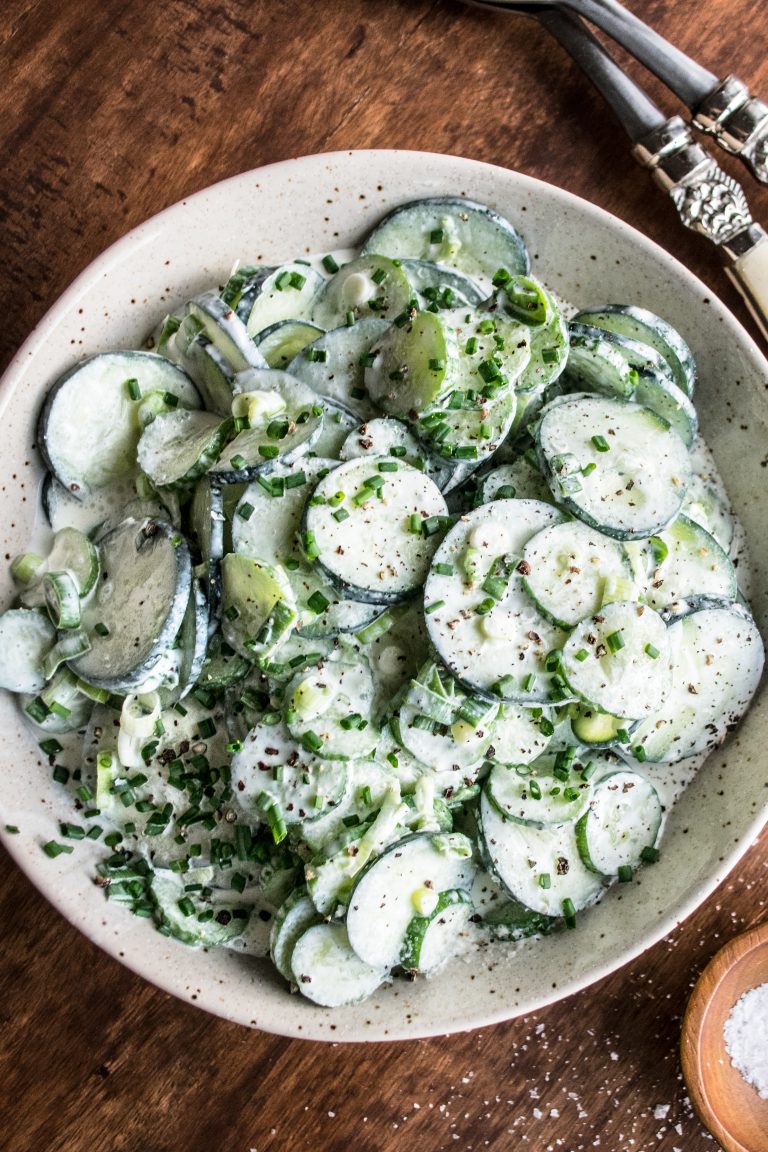Tasty Limeade Recipe
Limeade, a popular citrus drink, dates back to the 18th century when British sailors used lime juice to prevent scurvy. This practice spread globally, especially in tropical and subtropical regions, due to the availability of limes. Over time, limeade became a staple in many cultures, symbolizing refreshment and health. In the United States, limeade gained popularity during the early 20th century, particularly in the southern states, where it became a favorite summer beverage.
Evolution of Limeade Recipes
Limeade recipes have evolved significantly over the years. Initially, simple mixtures of lime juice, water, and sugar sufficed. Today, there’s a wide variety of limeade recipes, including those with added herbs like mint, substitutes like honey instead of sugar, and even combinations with other fruits like strawberries or cucumbers. Some contemporary recipes also incorporate carbonated water for an effervescent twist. These variations cater to diverse tastes, ensuring that limeade remains a versatile and beloved drink.
What Makes Limeade Tasty?
Choice of Limes
High-quality limes create the base for tasty limeade. Key limes and Persian limes are popular choices. Each type brings a distinct flavor profile—Key limes offer a more intense and tart flavor, while Persian limes provide a sweeter, less acidic taste. Ensure the limes are fresh and juicy to enhance the limeade’s overall quality.
Sweeteners and Their Impact
Sweeteners balance the sourness of the lime juice. Traditional recipes use granulated sugar, which dissolves easily and offers a consistent sweetness. Other options include honey, agave nectar, and stevia. These alternatives can add unique flavors and health benefits. For example, honey lends a floral note, while agave nectar provides a mild, caramel-like flavor. Experimenting with different sweeteners allows customization of the limeade to suit personal preferences.
Comparing Limeade to Other Citrus Beverages
Limeade vs. Lemonade
Lemonade and limeade, although similar, have distinct flavor profiles. Lemonade offers a sweet, tangy taste due to the mildly acidic nature of lemons. Limeade, by contrast, has a sharper, more pungent flavor because limes possess a higher citric acid content. Additionally, lemonade often balances its tartness with higher sugar levels, while limeade typically requires less sweetening.
Lemonade is more ubiquitous in mainstream culture, often appearing in commercials and as a go-to refreshment at events. Limeade, on the other hand, is celebrated for its unique twist on traditional citrus drinks, frequently praised for its refreshing burst of flavor. Both beverages hydrate and refresh but serve different palate preferences.
Limeade and Orange Juice
Orange juice and limeade differ significantly in flavor and nutritional content. Orange juice features a naturally sweet, mild taste, rich in vitamin C and folate. Limeade delivers a tart, invigorating flavor, with high levels of vitamin C but fewer calories than orange juice, making it a lighter option.
Orange juice is commonly consumed at breakfast due to its mild taste and nutritional benefits, whereas limeade is enjoyed as a refreshing beverage throughout the day. Limeade’s versatility allows it to be a base for various cocktails and mocktails, adding a zesty twist to mixed drinks. In comparison, orange juice also makes a popular cocktail mixer, yet its sweetness contrasts the tanginess that limeade offers.
How to Make the Perfect Tasty Limeade
Essential Ingredients
Use high-quality, fresh limes to ensure the best flavor. Add granulated sugar, filtered water, and ice cubes for the perfect blend. For optional variations, include ingredients like mint leaves, honey, or sparkling water.
Essential Ingredients List:
- Fresh limes
- Granulated sugar
- Filtered water
- Ice cubes
Optional Variations:
- Mint leaves
- Honey
- Sparkling water
Step-by-Step Preparation Guide
Follow this simple yet precise guide to create a perfect limeade every time:
- Juice the Limes: Roll 5-6 fresh limes to loosen the juice, then cut and squeeze them into a bowl, ensuring to remove any seeds.
- Mix Sugar and Water: In a pitcher, mix 1 cup of granulated sugar with 1 cup of filtered water until the sugar fully dissolves.
- Combine Ingredients: Pour the freshly squeezed lime juice into the sugar-water mixture. Mix well to combine.
- Add Water: Add 3-4 cups of cold filtered water to the pitcher, adjusting to your preferred tartness level.
- Chill: Refrigerate the mixture for at least 1 hour to let the flavors meld.
- Serve: Fill glasses with ice cubes, pour in the chilled limeade, and garnish with mint leaves or a lime wedge if desired.
For a fizzy twist, substitute half of the cold water with sparkling water just before serving. Adjust the sweetness by adding more sugar or honey to taste.
Health Benefits of Tasty Limeade
Nutritional Components
Limeade provides essential vitamins and minerals that contribute to overall health. Fresh limes, the primary ingredient, are rich in Vitamin C, which supports the immune system and helps the body absorb iron (National Institutes of Health). A single lime contains approximately 32% of the daily recommended Vitamin C intake. Additionally, limes offer small amounts of other vitamins such as Vitamin B6 and folate that contribute to metabolic processes.
Potassium, found in limes, assists in regulating blood pressure and maintaining proper muscle function. One lime supplies around 68 mg of potassium, or about 1.5% of the daily recommended intake (U.S. Department of Agriculture). The natural sugars in limeade provide a quick source of energy without the heavy calorie load found in more sugary drinks.
Hydration and Digestive Benefits
Limeade proves effective in maintaining hydration levels, especially during warmer months. The high water content in limeade, combined with essential electrolytes like potassium, helps replenish fluids lost through sweat. Drinking limeade can prevent dehydration by offering both hydration and an enjoyable flavor, motivating increased fluid intake.
The citric acid in limes aids digestion by increasing the production of digestive enzymes. Improved enzyme production can ease symptoms like bloating and indigestion. Moreover, the alkaline nature of limes may reduce heartburn and gastric discomfort. Drinking limeade can soothe your digestive system and support overall gastrointestinal health.
Conclusion
Tasty limeade isn’t just a refreshing drink; it’s a delightful blend of history, culture, and health benefits. Whether you’re sipping it on a hot summer day or using it as a base for creative cocktails, limeade offers a burst of flavor and nutrition. Its versatility and unique taste make it a standout choice among other citrus beverages. So next time you’re looking for something both delicious and beneficial, reach for a glass of limeade. You’ll enjoy not just the taste but also the myriad health benefits it brings. Cheers to making limeade a staple in your beverage repertoire!






